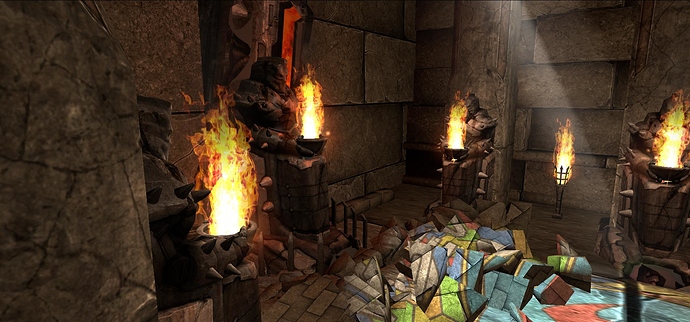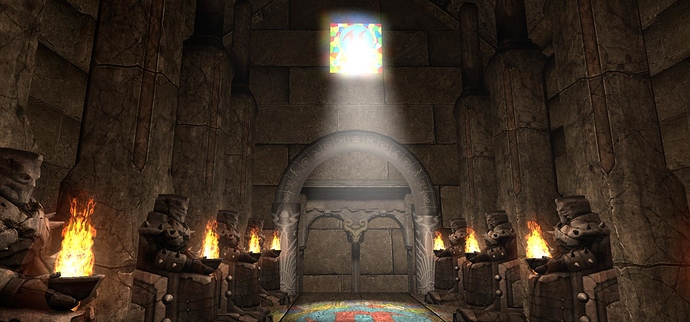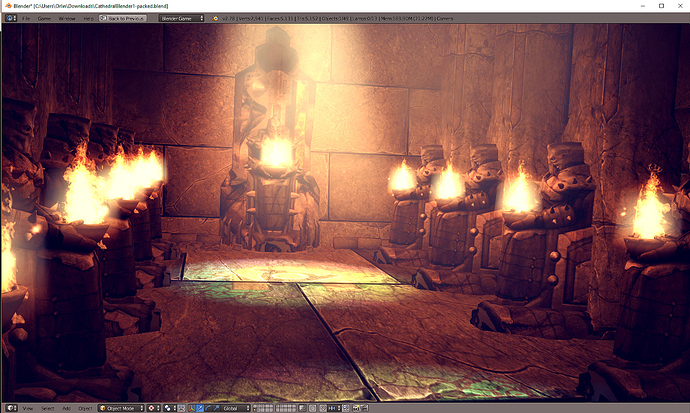Hello!
I am currently conducting a university project on the comparison of a ‘high end’, commercial game engine against a ‘low end’, open source alternative. In this case, I have chosen to create a game scene in both unreal Engine 4 and Blender Game Engine. The two scenes are as identical as I could make them given my limited understanding of each toolkit.
Each engine is being tested for ease of development, learning and most importantly the ‘playability’ of the result. Primarily, the framerate and responsiveness of controls as advanced visual effects are taking place.
Tests on my own hardware of course will not suffice, and as such I am requesting that any willing members of this community could spare a few minutes of their time to carry out the survey linked below!
The survey does require you to download and run each scene, instructions for this can be found on the survey itself, but I will also write them here for reference. I have done my utmost to make the download as small as I can, being a compressed archive of around 380MB in total.
Instructions
First, follow the mediafire link below to download the zip file containing both scenes. Extract the contents once downloaded to anywhere you like on your PC. Feel free to give them a virus scan if you are wary.
Complete the initial hardware assessment page of the survey, if you don’t know what your computer specifications are, some methods to check are mentioned on the survey page, but otherwise select ‘I don’t know’ where applicable.
As you proceed to the next page, you will be instructed to open one of the scenes. Each scene can be found inside their respective folders as an executable file. Please don’t try to edit or move these files from within their folders. The blender scene file has .blend on the end of the name, but it is still an executable, the .blend tag was an error in the export but it will run fine.
Trouble-shooting
The blender scene -may- produce an error on some configurations, at least from my own tests, but it will still run regardless after dismissing the error. The UE4 scene may close and restart if you have SteamVR or a similar VR software kit installed on your PC, this is normal and the scene will continue starting without any VR peripherals being required.
Content/controls
Each scene is composed of a brief fly-through cinematic, followed by a free-roam camera after the cinematic has ended. You can then control the camera with WASD and the mouse.
In each scene, there are two cubes that should collapse. In Blender this occurs at the start of the scene, in Unreal Engine 4, the cubes will break when the camera is rammed into them during the free-roaming segment. If you cannot break the cubes, do not worry.
Press Escape to end the applications after a minute or so of exploring the scene.
If you have any questions or issues, please feel free to respond to this post and I will try and resolve any queries given.
If you have completed the survey, thank you very much for your time and hardware tests. 
Links
Survey Link: https://www.surveymonkey.co.uk/r/EngineComparisonSurvey
Scenes Download Link: http://www.mediafire.com/file/hg71p389psd3idq/EngineProjectStandalones.zip
Gallery of the scene: http://imgur.com/a/ALrWE




